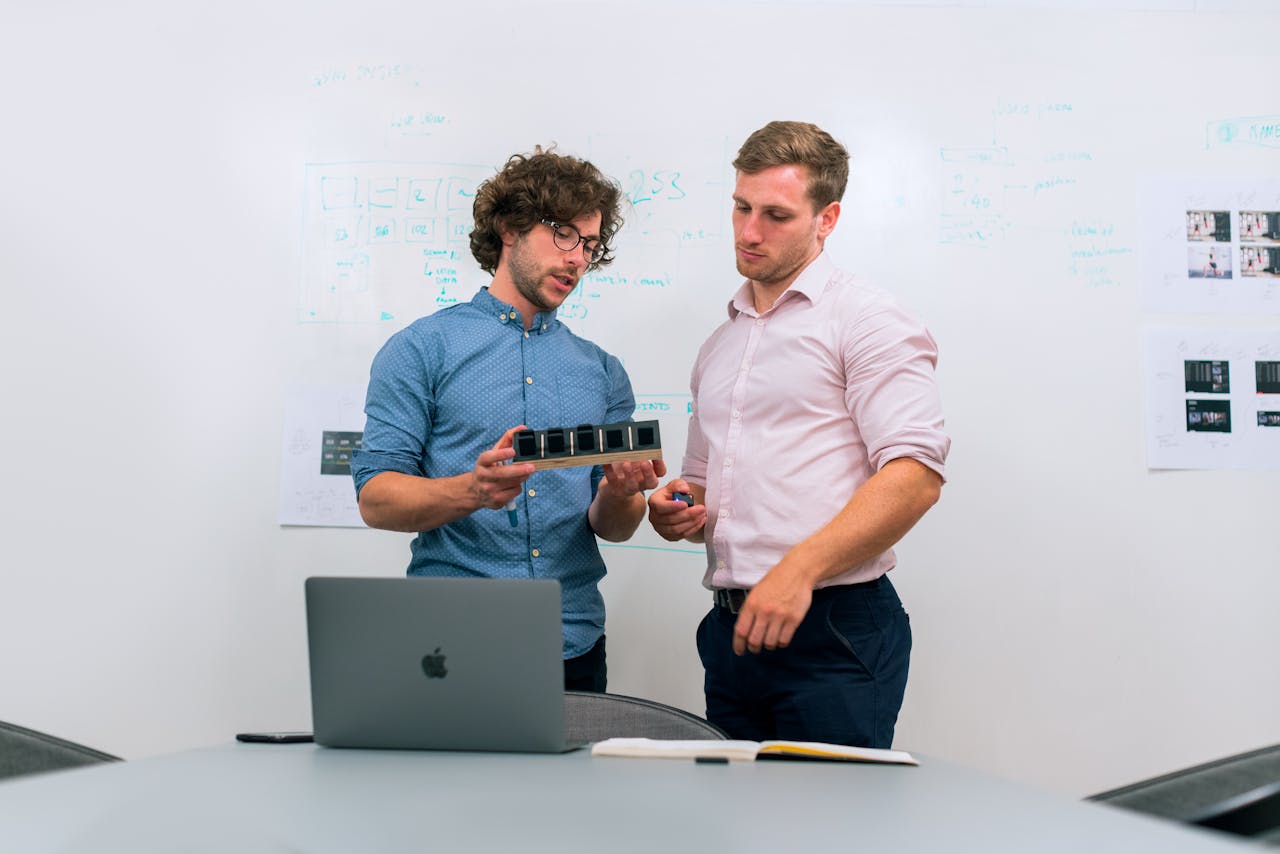
In order to test and improve their ideas before proceeding with manufacturing, designers and engineers must first complete the prototyping phase of the product development process. Whether you’re creating a new product, app, or website, prototyping is an invaluable tool for validating concepts, identifying potential issues, and gathering feedback from stakeholders. In this guide, we’ll explore the prototyping process in detail, from initial concept to final iteration, and discuss the benefits of utilizing prototyping services to bring your ideas to life.
What is Prototyping?
At its core, prototyping involves creating a working model or mockup of a product or system to evaluate its functionality, design, and usability. Prototypes can range from simple sketches and wireframes to interactive prototypes with functional features and user interfaces. The goal of prototyping is to simulate the user experience and gather feedback early in the development process to inform design decisions and improvements.
Types of Prototypes
Prototypes come in a variety of forms and are utilized at different stages of the product development process. Some common types of prototypes include:
- Low-Fidelity Prototypes: Low-fidelity prototypes are basic, low-resolution representations of a product or system, typically created using sketches, paper prototypes, or simple digital wireframes. These prototypes are useful for exploring ideas and concepts early in the design process and can be quickly iterated upon based on feedback.
- High-Fidelity Prototypes: High-fidelity prototypes are more polished and detailed representations of a product or system, often created using design software or prototyping tools. These functional and aesthetically similar prototypes are used to test particular features and end-user interactions before being implemented in the final product.
- Interactive Prototypes: Interactive prototypes are dynamic and interactive representations of a product or system, allowing users to interact with simulated features and functionalities. These prototypes are useful for testing user interactions, navigation flows, and user interfaces and can provide valuable insights into the user experience.
The Prototyping Process
Usually, there are several stages in the prototyping process, all of which are focused on honing and enhancing the prototype in response to input and testing outcomes. Some key stages of the prototyping process include:
- Conceptualization: The first stage of the prototyping process involves brainstorming ideas, defining goals and objectives, and creating a concept for the prototype. This stage sets the foundation for the rest of the prototyping process and helps ensure alignment with project requirements and stakeholder expectations.
- Design: The design of the prototype comes next after the concept has been defined. This involves creating wireframes, mockups, and prototypes using design software or prototyping tools. Designers focus on defining the layout, structure, and visual elements of the prototype to accurately represent the final product.
- Development: During the development phase, the design specifications are used to build and implement the prototype. This may involve coding and programming to create interactive features, functionality, and user interfaces. It is imperative that designers and developers work together to guarantee that the prototype faithfully captures the planned functionality and design.
- Testing and Feedback: Once the prototype is developed, it is tested with end-users to gather feedback and identify areas for improvement. Usability testing, user interviews, and surveys are common methods used to collect feedback and insights into the user experience. Based on this feedback, the prototype is iterated upon and refined to address any issues or concerns raised by users.
Benefits of Prototyping Services
Utilizing prototyping services offers several benefits for businesses and organizations looking to develop new products or services:
- Reduced Risk: Prototyping allows businesses to test and validate their ideas before investing significant time and resources into full-scale production. By identifying potential issues early in the development process, businesses can mitigate risks and make informed decisions about the viability of their projects.
- Faster Time to Market: Prototyping enables businesses to accelerate the product development process by streamlining design iterations and feedback cycles. Rapid prototyping techniques allow for quick turnaround times, allowing businesses to bring their products to market faster and gain a competitive edge.
- Improved User Experience: By testing prototypes with end-users early and often, businesses can gather valuable feedback and insights into the user experience. This enables businesses to identify usability issues, preferences, and pain points and make necessary adjustments to improve the overall user experience.
- Cost-Effective: Investing in prototyping services can ultimately save businesses money by identifying and addressing issues early in the development process. By avoiding costly redesigns and rework later on, businesses can optimize their resources and maximize their return on investment.
Conclusion
Prototyping is a powerful tool for bringing ideas to life and transforming concepts into tangible products and services. By leveraging prototyping services, businesses can validate ideas, gather feedback, and iterate on designs to create innovative solutions that meet the needs of their target audience. Whether you’re developing a new product, app, or website, prototyping can help you turn your vision into reality and achieve success in today’s competitive marketplace.